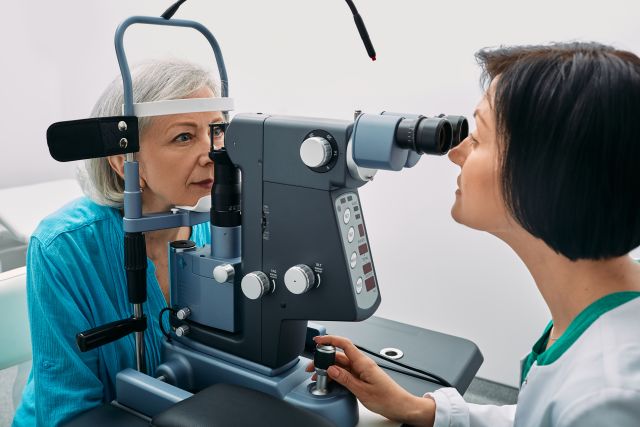You take in the world with your eyes—from paint colors to the perfect autumn sky—but did you know your eyes also allow for a unique look inside your body?
It's true. Your eye doc can learn a lot about your health by looking at the blood vessels and nerves in the backs of your eyes. They can provide clues about what's going on in the rest of your body. Here are just a few examples:
A sign of blood pressure problems: If the blood vessels in your eyes look stiff, form kinks or loops, or look bronze or gray instead of the usual red color, it could be a sign of high blood pressure or diabetes. These two conditions can harm your retinas, causing fluid buildup and bleeding that changes the look of the blood vessels there.
A sign of autoimmune disease: Blocked blood vessels or inflammation of certain structures in the eyes can sometimes be signs of autoimmune disease. These problems may cause symptoms like vision problems, pain, sensitivity to light, and red, itchy eyes. But keep in mind that symptoms like these are relatively common and most often are not associated with autoimmune disease. Still, see your doctor if your eyes are uncomfortable.
A sign of infection: Doctors can't use eye symptoms alone to diagnose an infection. But sometimes, signs of viral, bacterial, or fungal infection can show up in the eyes. For example, a growth inside the vitreous could be a sign of a fungal infection. And what if the whites of your eyes (the "sclera") turn yellow? That could be a sign of a liver infection called hepatitis. Viral infections like herpes and AIDS also can cause eye symptoms.
Bottom line: If you notice unusual eye symptoms, whether it's pain or redness or any other symptom out of the ordinary for you, speak to your eye doctor. Your eyes could be trying to tell you something, and with quick care, you might be able to treat an underlying health problem before it causes major issues.
How often should you see the eye doc? Read this article to find out.






